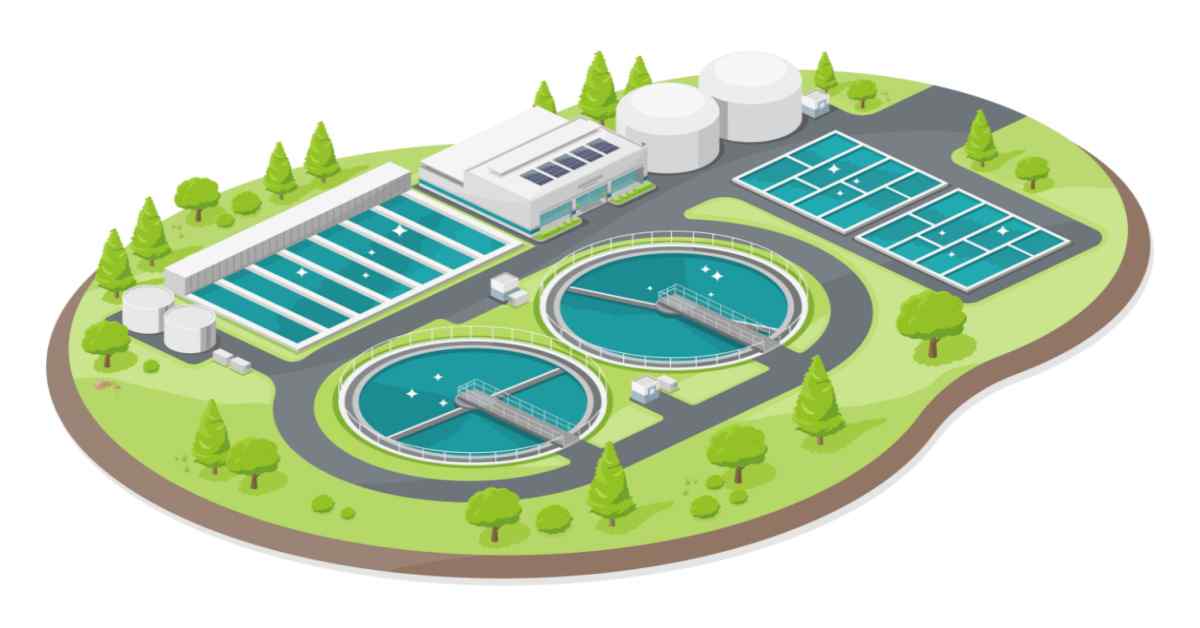Recognizing Wastewater Treatment Processes and Their Ecological Influence
The intricacies of wastewater treatment processes play a pivotal role in mitigating ecological challenges linked with water air pollution. Each phase, from initial to advanced treatments, is made to address specific pollutants, eventually safeguarding both public health and water communities.
Overview of Wastewater Therapy
Exactly how is wastewater transformed into a secure resource for the setting? Wastewater therapy is a critical process made to get rid of impurities from used water, thus securing public health and wellness and shielding environments. This procedure begins with the collection of wastewater from domestic, commercial, and industrial sources, which is then routed to therapy facilities.
At these centers, various physical, chemical, and organic methods are utilized to deal with the wastewater. Ultimately, biological therapies, such as activated sludge processes, make use of bacteria to damage down natural matter.
The dealt with effluent can be safely released into all-natural water bodies or recycled for irrigation and industrial objectives, promoting resource preservation. Additionally, the therapy procedure produces biosolids, which can be repurposed as plant foods or soil changes, better enhancing sustainability.
Stages of Therapy Processes
The wastewater treatment procedure generally contains 3 key stages: preliminary, main, and second treatment. Each phase offers a distinctive role in decreasing the toxin load and making certain the effluent meets environmental requirements prior to discharge.

The primary treatment stage concentrates on the physical splitting up of suspended solids from the wastewater. Through sedimentation, larger bits work out at the end of sedimentation containers, forming sludge, while lighter materials, such as oils and greases, float to the surface and are skimmed. This procedure substantially minimizes the natural and not natural tons in the wastewater.
Secondary therapy is a biological procedure aimed at additional minimizing the focus of natural matter. This stage is vital for achieving the necessary biochemical oxygen need (BOD) decrease, eventually leading to cleaner effluent ready for discharge or more treatment.

Advanced Treatment Technologies
Following the additional treatment procedures, advanced therapy innovations play an essential function in more improving the top quality of treated wastewater. These modern technologies are developed to get rid of residual impurities that are not efficiently removed during main and second treatments, making certain the effluent satisfies rigorous regulatory requirements.
Amongst the widely made use of advanced treatment techniques are membrane layer filtration, reverse osmosis, and advanced oxidation procedures. Membrane layer filtration, consisting of microfiltration and ultrafiltration, is effective in dividing great particles, microorganisms, and colloids from the water (Wastewater). Reverse osmosis makes use of semi-permeable membranes to eliminate liquified solids, causing high-quality water suitable for different applications
Advanced oxidation procedures (AOPs) use solid oxidants to deteriorate organic toxins, consisting of drugs and individual care products that are resistant to traditional treatment. These techniques boost the biodegradability of intricate substances, promoting their removal.
Another considerable innovation is the usage of organic nutrient elimination procedures, which especially target nitrogen and phosphorus, protecting against eutrophication in getting water bodies. Generally, innovative therapy technologies are important for achieving higher levels of purification, advertising water reuse, and guarding public wellness while resolving the obstacles related to wastewater management.
Ecological Advantages of Therapy
Various environmental benefits arise from reliable wastewater therapy processes that add to ecosystem wellness and sustainability. Largely, these processes dramatically lower the release of damaging contaminants right into all-natural water bodies, which assists maintain marine ecosystems. By getting rid of impurities such as heavy metals, nutrients, and virus, treated wastewater reduces the danger of waterborne diseases and advertises biodiversity in marine environments.
In addition, wastewater therapy facilities additional info often use sophisticated technologies that enable water recycling and reuse. This practice not just conserves fresh water resources yet likewise reduces the need on natural water products. Enhanced nutrient elimination from wastewater website link can likewise prevent eutrophication, a procedure that leads to algal blossoms and subsequent oxygen deficiency in aquatic systems.
In addition, effective therapy processes can decrease greenhouse gas discharges, specifically methane and nitrous oxide, which are often launched throughout without treatment wastewater decomposition. By catching and making use of biogas from anaerobic digesters, facilities can transform waste into eco-friendly energy, consequently adding to a reduction in fossil gas dependence.
Challenges and Future Patterns
While the ecological benefits of wastewater therapy are clear, numerous challenges continue that prevent optimal results in this area. One significant issue is aging framework, which usually leads to inefficiencies and boosted operational prices - Wastewater. Numerous therapy plants were developed years back, and their capabilities do not line up with contemporary demands, that include more stringent governing standards and greater volumes of wastewater pop over to this web-site as a result of urbanization

Looking ahead, there is an expanding focus on source recovery and circular economic climate principles within wastewater therapy. Technologies such as anaerobic food digestion, which can generate biogas, and progressed filtering technologies are acquiring grip. These techniques not just boost treatment performance however additionally promote sustainability.
Inevitably, dealing with these obstacles requires partnership amongst stakeholders, investment in innovation, and a commitment to continuous research study. By embracing these fads, the wastewater treatment field can progress to meet the demands of an altering atmosphere and culture.
Final Thought
To conclude, wastewater therapy processes play an essential function in boosting environmental quality and public wellness. The multi-stage therapy structure, coupled with sophisticated modern technologies, efficiently minimizes pollution and advertises lasting water management. By dealing with recurring pollutants and lessening nutrient overflow, these procedures add to the preservation of water ecosystems and the reduction of greenhouse gas emissions. Continued advancements and adaptations in therapy approaches will certainly be vital for getting over emerging challenges and guaranteeing the sustainability of all-natural sources (Wastewater).